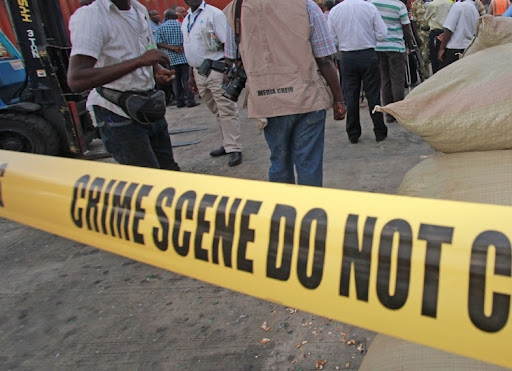Experts have warned of high soil acidity in Vihiga and Kisii counties.
According to soil samples collected in the two counties, soil pH was as low as 3.2 and as high as 7.2.
Soil pH is a measure of the concentration of hydrogen ions in the soil solution and the lower the pH of soil, the greater the acidity.
Rommic Agrovet sales manager in Vihiga county, Velma Injera said the pH results was from the 5,500 soil tests they have done.
She said farmers have been adopting soil amendment technologies like the use of lime which was handily used in Vihiga County.
“People did not have knowledge on the importance of lime or soil pH but through funding from USAID Feed the Future to the Kenya Crops and Dairy Market Systems, we were able to roll out soil testing campaigns and help farmers achieve their target. Most of the soils pH in the county is between 4.8 or 5.5,” Injera said.
She said KCDMS also helped with soil amendment technologies and subsidised soil testing costs from Sh100 per test to Sh50.
Injera said the exercise revealed that most soils in Vihiga, where majority of the farmers grow maize, are acidic.
“When we rolled out the programme, farmers were educated on the acidity of soils," she said.
"Many farmers did not know that their soils are acidic or alkaline and through the project, were able to reach out to them."
Injera said there was a big margin in production between farmers who used fertilizer only and those who used lime.
“Those who used lime got five bags, which is more than double the two bags they were getting before the soil testing," she said.
Enochem Agrovet Limited director Dr Enoch Monda, from Kisii county said he partnered with KCDMS to address soil acidity problem.
He said they have received 10 pH levels for every Subcounty in Kisii County.
“We were able to train agronomists to collect soil pH of various areas in Kisii County. The results showed that 66 percent of the soils are in the range of 5.5 acidity. The other 36.7 percent are between 5.5 to 6.5,” Monda said.
He said farmers are still not getting enough for their food and for sale despite putting efforts into their farms.
Monda said they had a soil health day in Kisii ATC in March this year, which was graced by Kisii Governor Simba Arati.
“After that we developed 51 demo plots to serve as training centres for the farmers. We test the soil and then the technicians teach farmers how to plant and use lime to mitigate the acidic levels of the soils,” he said.
They have held soil clinic days in Ogembo and Suneka where soil samples were taken from the farms.
“We produced a map that shows the acidic levels in various places. We reference to it when guiding farmers who come to the agrovets on the kind of fertilizer to take and amount of lime to use on their farms," Monda said.
He said Kisii is planning to subsidise lime for farmers to ensure better produce.
Food production in Kenya is constrained by low and declining soil health resulting from low soil fertility and increasing widespread soil acidity.
This, coupled with emerging climate change effects have led to recurrent food and nutrition insecurity.
This is according to an assessment on overcoming soil acidity constraints through liming and other soil amendments by the Kenya Agricultural and Livestock Research Organization.
Soil acidity poses as threat to crop production to an extent that about 30 percent of the world’s total land area has acidic soils.
Approximately 50 per cent of the world’s arable lands are classified as acidic.
Staple food crops like maize and rice are sensitive to soil acidity and their yields are negatively affected to a tune of 20 per cent and 13 per cent respectively by acidic soils worldwide.
In Kenya where fertilizer use is low, maize production is made worse by soil acidity.
Acidic soils occupy about 13 percent of the total land area, which translates to approximately 63% of Kenya’s arable land.
The soil analysis for mapping maize suitability in Kenya shows that soil acidity has expanded to new areas not previously classified as acidic.
This implies that acidic areas are rapidly expanding to areas classified as non-acidic.











